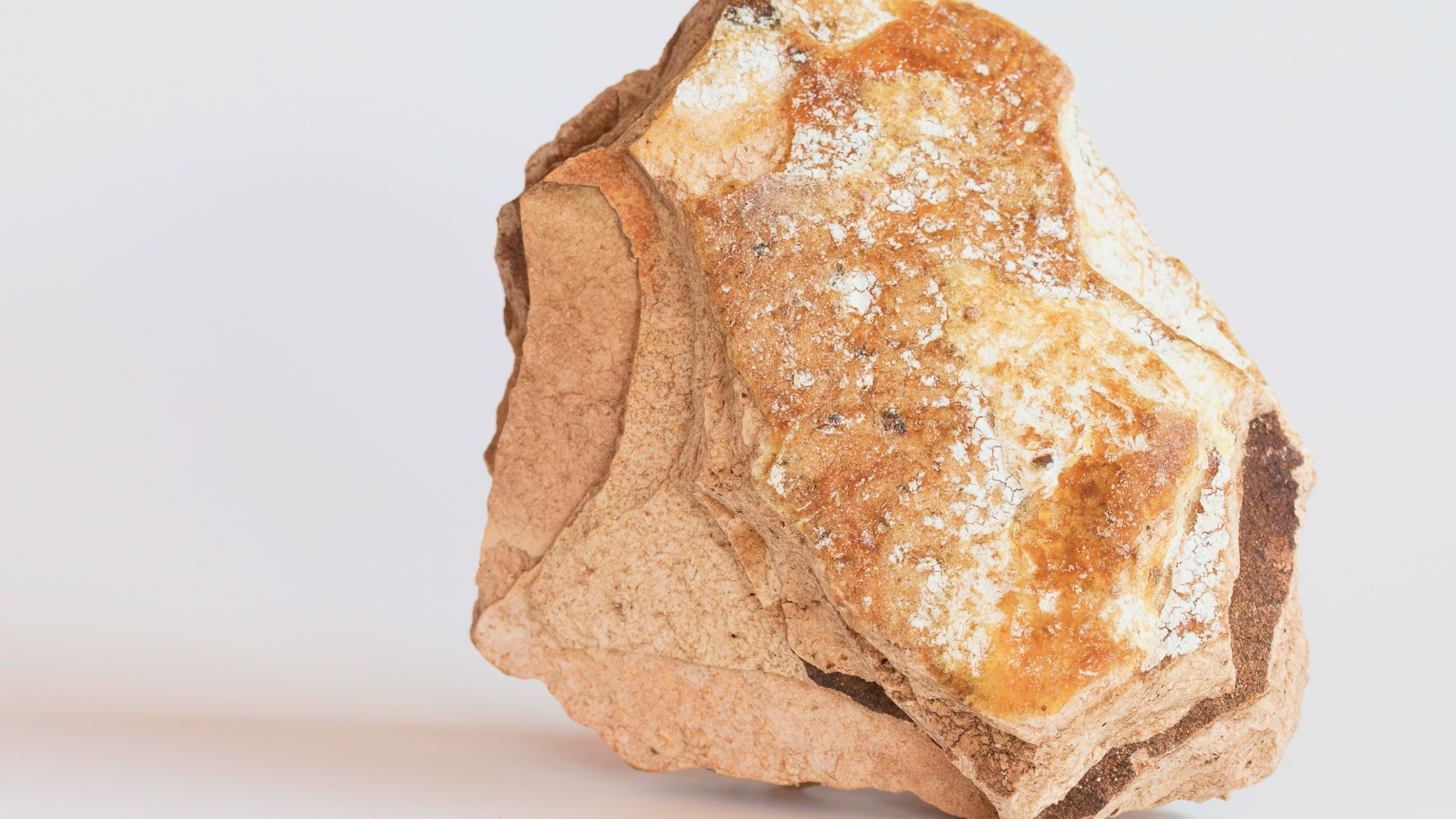
Is Perfume Made Our Of Whale Vomit (Ambergris)?
Fine perfumes tend to contain some of the most extraordinary ingredients. The reality is that the perfume industry is more elaborate than we think. Besides flower extracts, many other substances and compounds are used in fragrances. You’ve probably heard that some perfumes are made out of whale vomit, but is that true? Read on to find out.
Do perfumes contain whale vomit?
Perfumes don’t contain whale vomit but some of them do contain ambergris substance. Specific whale species, sperm whales, produce this substance. Although most people refer to it as whale vomit, ambergris isn’t the vomit per se. Also, it’s useful to mention that ambergris isn’t a common ingredient in perfumes. It’s rare and very expensive.
What is a sperm whale?
Physeter macrocephalus or sperm whale is the largest species of toothed whales and also the largest predator. Also known as cachalot, these animals are found in all deep oceans ranging from the Arctic to the Antarctic.
The sperm whale has an interesting name and it derives from a waxy substance found on its head. This substance is called spermaceti. Huge head and massive forehead are what makes these whales easily recognizable.
Although they’re considered predators, sperm whales don’t really attack humans. They mainly feed on squid and rarely attack. When they do attack other mammals it’s usually because they mistake them for seals or other prey.
Sperm whales are usually spotted in groups called pods. About 15 to 20 whales are in one pod.
What is ambergris?
As mentioned above, ambergris is a substance produced by the sperm whale. Also known as gray amber, ambergris is a waxy, solid, and flammable substance. According to the Natural History Museum, ambergris is among the strangest natural occurrences and it has been used for centuries. The origin of gray amber was a mystery for quite some time.
In fact, fossilized evidence of the ambergris dates back 1.75 million years. It is theorized humans have been using this substance for over 1000 years. The value of ambergris is best described by the fact it’s often referred to as floating gold of treasure of the sea.
How do sperm whales produce ambergris?
Ambergris is popularly called whale vomit, but it’s not entirely correct. In order to understand what it really is, it’s important to learn a thing or two about the eating habits and digestion of these magnificent animals.
You see, sperm whales consume large quantities of cephalopods. The term cephalopod refers to ocean-dwelling creatures such as ten-armed squids, eight-armed octopuses, ten-armed cuttlefishes, and shelled chambered nautiluses.
Generally speaking, sperm whales vomit out all the indigestible parts of their prey. This happens before digestion. For example, they may vomit out pens and squid beaks.
In rare situations, these indigestible elements can move and reach the sperm whale’s intestines. There, they start binding together. Eventually, all these parts accumulate into a solid mass. Yes, that’s ambergris.
Ambergris grows inside the sperm whale for a couple of years. Scientists believe this substance exhibits a protective effect on the whale’s intestinal organs. It may act as a shield that protects these delicate whale's internal organs from sharp squid beaks.
How do sperm whales “eject” ambergris?
The most common theory is that a sperm whale regurgitates the solid mass. That’s why people call this substance whale vomit. However, that may not be correct. Scientists believe that ambergris, which develops in the whale’s intestines, passes along the digestive tract with fecal matter. This results in obstruction in the rectum.
One theory is that sperm whale passes the mass with feces whereas another assumption is that the substance keeps getting bigger until it ruptures the animal’s rectum.
Where is ambergris found?
Since sperm whales are everywhere, it’s possible to find ambergris in different parts of the world. The substance is usually sound on the coasts of Brazil, South Africa, Madagascar, Maldives, China, East Indies, Australia, India, Japan, Molucca Islands, and New Zealand.
That being said, most commercially collected gray amber comes from the Bahamas in the Atlantic Ocean.
Once the substance is ejected, it floats on the ocean and reaches the shores.
Also, less than 5% of dead whale carcasses contain this substance.
What does ambergris look like?
Ambergris is solid and hard as a rock or clay. The mass appears dull and earthy. In most cases, ambergris is white, brown, black, or dull grey. The substance doesn’t necessarily have one color; it can be a combination of different shades.
How does ambergris smell?
When freshly released, ambergris doesn’t have a nice scent. It has a fecal odor. Later, the substance develops a pleasantly sweet, musky, earthy scent when it dries out. Dogs are fond of the smell of this substance, which is why ambergris hunters tend to use canines when looking for it. Perfumes with ambergris have a rich and unique scent.
What is the purpose of ambergris in perfumes?
Ambergris is one of the most valuable materials in the fragrance industry. It’s also among the most extraordinary and unusual ingredients in perfumes.
Interestingly, the substance was mentioned in Moby Dick where the author Herman Melville described it as a terrible smell or odor of a dead whale from which a slight perfume stream appeared.
Before ambergris is ready for use in perfumes, it needs to be processed or treated. For that purpose, perfumers extract odourless alcohol called ambrein from the substance. This chemical serves as one of the base notes to make perfumes last longer.
The quality of ambergris is generally determined by the color of the solid substance. The color indicates the amount of ambrein in the substance. For example, the most elaborate and the finest perfumes contain ambrein from purely white ambergris. White ambergris has the highest level of ambrein.
On the other hand, the least valuable variety is black ambergris because it comes with the lowest concentration of ambrein.
What perfumes contain ambergris?
Ambergris isn’t a common ingredient in perfumes because it’s not that easy to find and it can be quite expensive. That’s why the substance is reserved for some of the most exquisite high-end perfumes. Examples of perfumes with ambergris include:
· Amore Mio, Ti Amo, and Un Amore Eterno by Roja Parfums
· Green Irish Tweed by Creed
· L’Homme Parfum Intense by Yves Saint Laurent
· Black XS by Paco Rabanne
· Olympea by Paco Rabanne
· Exquisite Embroidery by Yves Saint Laurent
· Mr. Burberry Element by Burberry
· Murano Lazulia by Bvlgari
Are perfumes with ambergris vegan-friendly?
Vegan perfumes and aftershaves are fragrances that use no animal-derived ingredients whatsoever. Those fragrances are not tested on animals either.
Perfumes with ambergris aren’t vegan-friendly because the substance is an animal’s byproduct. But, if you are a vegan and want to get a perfume with this ingredient, you should go for fragrances that contain synthetic form of ambergris.
Is there a synthetic version of ambergris?
Researchers aim to find the best chemical formula to act as a synthetic alternative to this waxy substance. One such alternative is a compound called ambroxan. Actually, ambroxan was developed back in 1950 from Clary sage plant. One company that makes perfumes isolated DNA from the plant that produces two enzymes necessary to develop ambroxan.
Even though there are many efforts to create synthetic ambergris, the fragrance devotees argue it’s nearly impossible to get a compound with the same quality as a substance that comes from the whale’s digestive system.
However, today only the most expensive perfumes contain natural ambergris. Other perfumes contain synthetic chemicals that mimic the components of this substance.
Do perfumes with ambergris promote animal cruelty?
Many animal-derived ingredients in fragrances promote animal cruelty because those animals are often put in cages and held in farms. Back in time whales were victims of animal cruelty as well.
Whaling was popular in the past across the globe. Sperm whales, like other marine mammals, were hunted for oil, meat, and other products. As you can presume, sperm whales were hunted for ambergris too.
Nowadays, whales are a protected species worldwide. While some nations do kill whales, in most parts of the world that practice is against the law since they're endangered species.
Perfumes that contain fresh ambergris don’t promote animal cruelty because perfumers don’t hunt and kill the animal. The substance isn’t obtained from the animal itself, it’s found on the shores.
So, if you’re not vegan but still want a cruelty-free perfume, fragrances ambergris can do the trick.
Keep in mind that synthetic ambergris is available too.
How much ambergris is worth?
Natural ambergris is rarely used in perfumes. As mentioned above, the substance is present only in the most expensive fragrances. One reason that happens is that natural ambergris is difficult to find. You can’t find it easily on the shore as freshly produced ambergris.
Plus, ambergris is very expensive. The substance can be sold for about $40,000 per kilogram.
Interestingly, it’s illegal to use ambergris in the United States because sperm whale is an endangered species. In the United Kingdom and the European Union, it’s legal to collect the ambergris because the substance is considered a waste product of sperm whales.
Laws may be different around the world.
Conclusion
Some, but not all, perfumes contain ambergris also known as treasure of the sea and floating gold. This substance is popularly called whale vomit. It’s not vomit per se, scientists theorize it leaves the whale’s body with feces. Natural ambergris is used as a base note in perfumes and it makes scents last longer. Only the finest and most exquisite high-quality perfumes contain this ingredient in its natural form. The synthetic alternative is also available and used in perfumes today.
If you want to learn more about Amergris, you can find an interesting story about a $60,000 find on National Geographic.
Share
